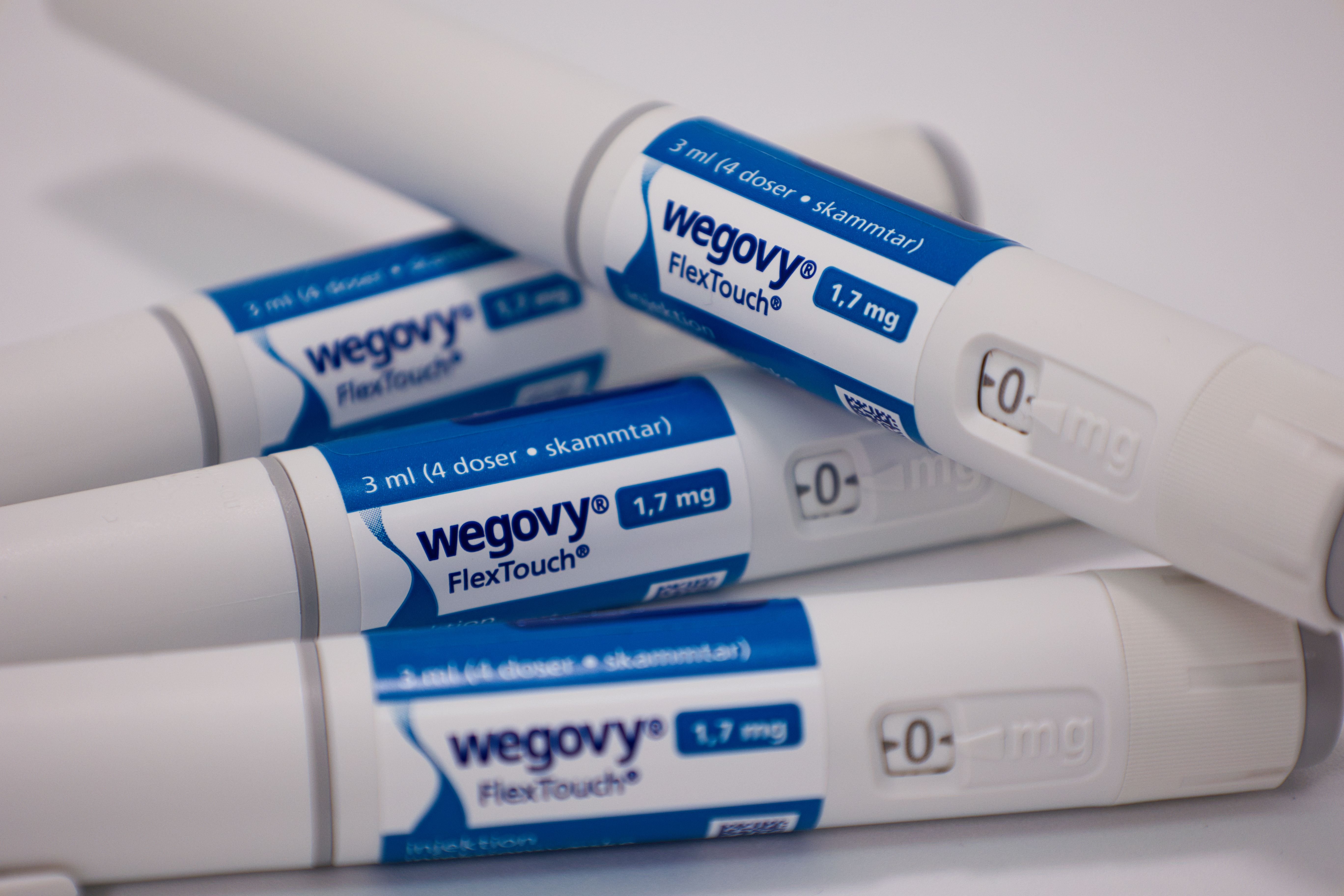Article
Community Health Workers Help Patients Manage Hypertension, Adhere to Medications
Author(s):
Research on the role of community health workers shows that they can help patients manage their hypertension, in part by addressing barriers to medication adherence.
A recent study in the CDC's Preventing Chronic Disease interviewed community health workers (CHWs) on how they support patient efforts to manage their hypertension and adhere to their medication plans. CDC defined CHWs as “nonclinical, frontline public health workers who are trusted members of the community … and improve quality and cultural competence of service delivered.” They can help with the kind of long-term support that infrequent primary care visits cannot provide.
The CHWs interviewed described their roles as “flexible and multifaceted but patient-driven.” The most commonly reported functions of these workers were educating patients on a healthy diet (83.7%) or low-sodium diet (79.4%), helping patients understand why they should not stop taking their medicine without consulting their doctor (73.8%), and assisting patients with keeping doctor’s appointments (73.1%).
Instead of just providing basic education, CHWs said they attempt to support patients in deepening their understanding of healthy lifestyles and reinforcing the physician’s directions. They view their role as intermediaries in the patient’s health education, working in partnership with providers and patients.
The most common delivery setting for these interventions was in-person sessions in the community health organization’s clinic or office, but home visits and outreach efforts in the community setting were also common. Almost half of the CHWs identified nurses as clinical partners, but just 17.2% said the same of pharmacists. The study’s authors cited this as an opportunity for improvement, as the CHWs could work directly with community pharmacists to assist with health education in the pharmacy and potentially help improve medication adherence.
Nonetheless, the CHWs were able to identify several patient-centered approaches to reduce barriers to medication adherence according to the World Health Organization’s 5 dimension of adherence. The most commonly reported patient-related barrier was forgetfulness, which they worked to encourage through memory aids and drug refill assistance. Multiple comorbidities and the confusion associated with taking several medications were cited as the most frequent condition-related factors, leading 86% of CHWs to say they worked to support people with multiple conditions.
The most common therapy-related barrier, reported by 83% of the survey participants, was the complex treatments associated with hypertension, which the CHWs addressed with education, follow-up and monitoring, and improved communication between physicians, pharmacists, and patients.
For health system and healthcare team-related factors, the most common barriers were a lack of knowledge about hypertension medicines and refill procedures. Overall, the CHWs said they help people navigate through the health system, with 85% reporting that they assisted patients with scheduling appointments. Finally, the most common social and economic barriers included the cost of medications, healthcare, and insurance, as well as transportation. To address these barriers, 81% of the CHWs reported helping people access low-cost medicines.
The study authors wrote that these results indicated that CHWs could function as an extension of the primary care provider and emphasized their role as “influential for behavior change by linking self-management support in health systems and community settings.”
“CHW interventions that activate patients to participate in their own care to improve their self-management and medication adherence behaviors are important for the prevention and treatment of heart disease and stroke,” the authors summarized. Better integration of CHWs into care teams can “enhance opportunities to effectively address barriers for patients’ prevention and management of hypertension.”





